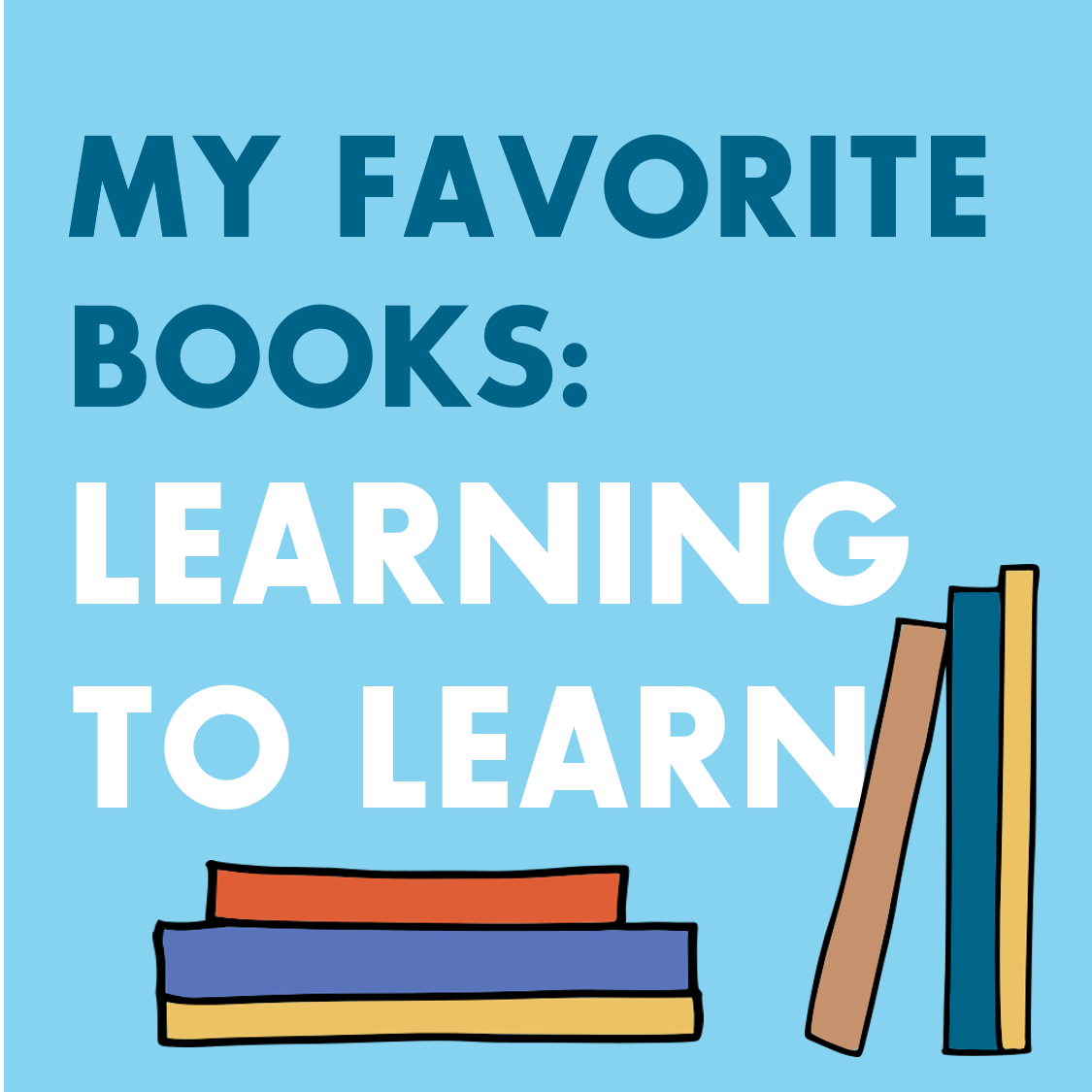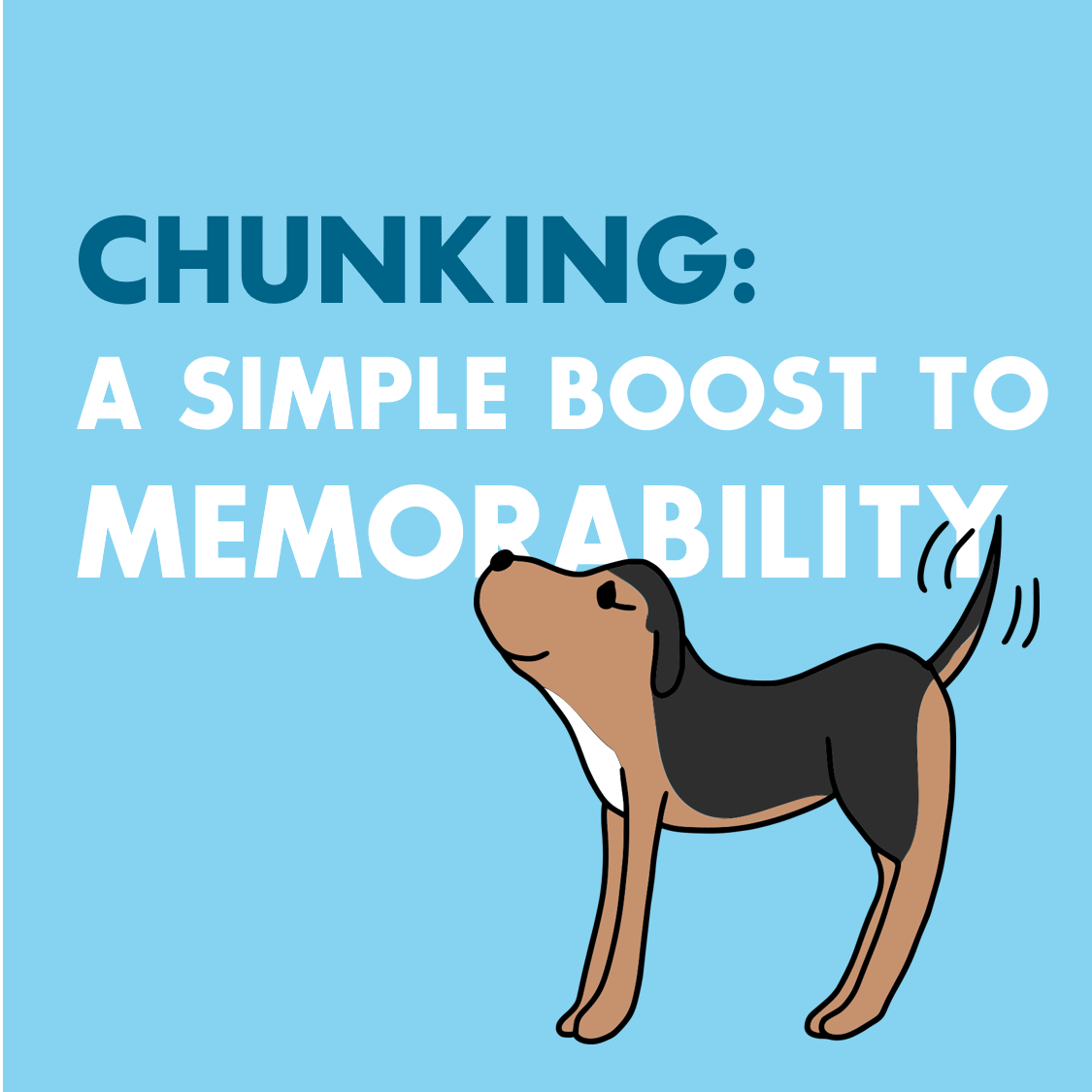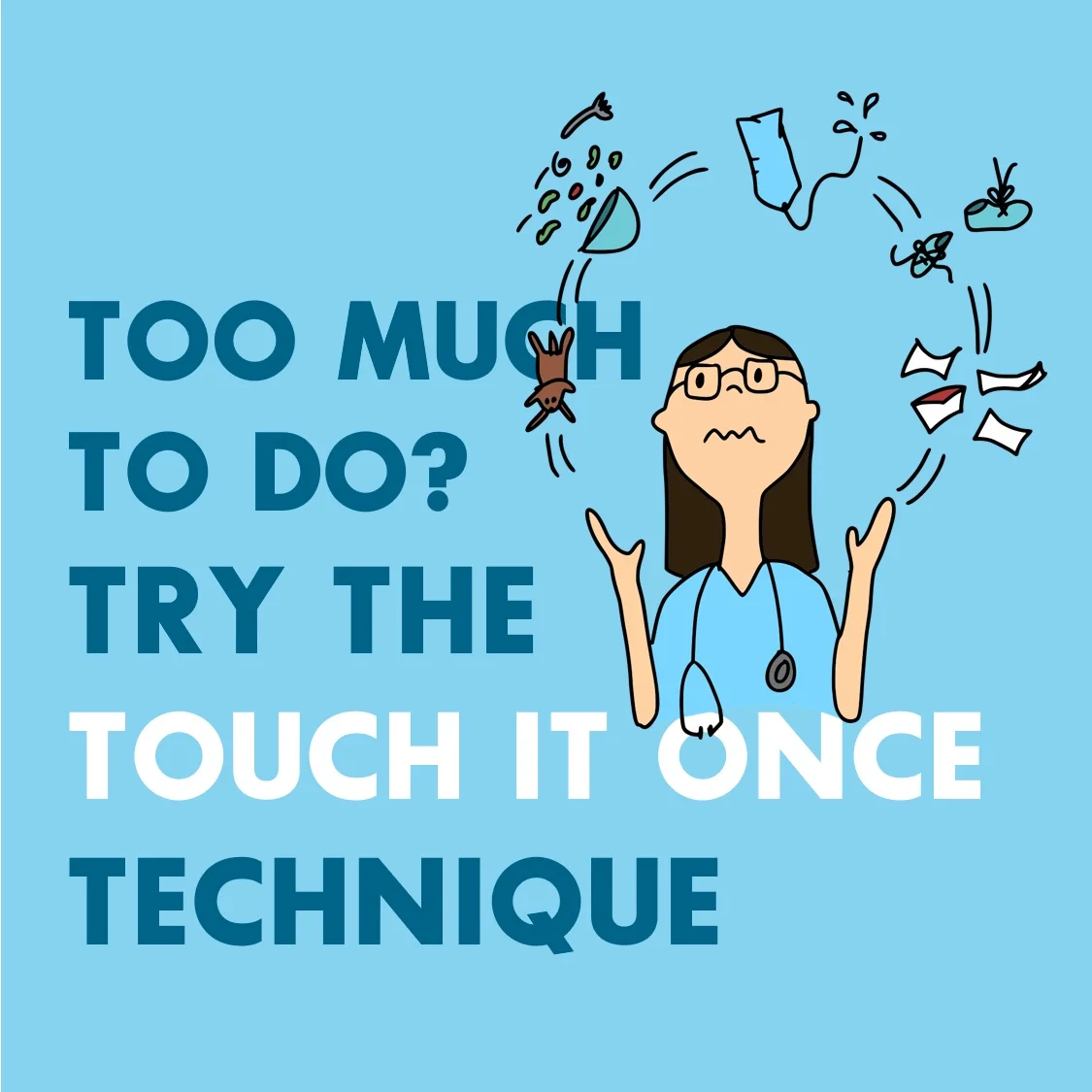Medicine
Retrieving memories isn’t like checking out DVDs at Blockbuster (RIP). Each time you remember something you’re constructing a memory representation and relearning that information. Here’s why that means our learning strategies have to evolve with our career goals, from running Qbanks to studying with Human Dx.
No matter your field or stage of learning, you'll likely need to learn complex algorithms. When you can't afford to miss things, "just understanding" isn't enough. Here's how Alex memorizes a differential diagnosis schema from the podcast Clinical Problem Solvers.
It's almost impossible to believe it’s been over a year since Cathy and I started the seemingly never-ending process of residency interviewing. Here are three evidence-based learning strategies I applied which made the interviewing ordeal a smidge more tolerable.
We recently got a question about using memory palaces to memorize the stages of wound healing and the key players at each stage. If you need to have this material on lock, then a palace is ideally suited for this topic. Each stage can be encoded using grouped loci (for example, each stage gets its own room, with several loci in each), which helps maintain the feel of chronicity between rooms.
One of my favorite parts about being a resident is the chance to interact with medical students. Teaching is such a fantastic way to learn, and it can be a lot of fun, but even the best teachers can be less helpful than they think they are.
In medicine, it’s often not enough just to know the facts! We also need the scientific studies that back them up. The AFFIRM trial, ALLHAT trial, SPRINT trial, COURAGE trial... Here are some of Alex’s mnemonic tips for keeping the mountain of study names straight.
In researching evidence-based learning, we’ve encountered an avalanche of books, papers, blogs, and podcasts about learning how to learn effectively. It can seem overwhelming at times. A great place to begin is by picking a book and reading it cover to cover. Here are Alex’s favorites.
Memory palaces nudge users into the practice of chunking, which is breaking down a larger pile of information into memorable groups so that it’s easier to remember. Here’s why that matters.
A time management trick from an upper-level resident motivated me to try a new method for creating Anki cards while on the wards.
Are you someone who always remembers where on the page you wrote something? A simple note-taking method can harness that instinct to jumpstart your recall of new information.
A key tool in the physician’s arsenal is the review of systems, or ROS—a run-through of pertinent symptoms while taking a patient history. To the novice clinical student, it can feel overwhelming. Medical students often first learn the ROS as Alex did—as a giant, inscrutable list of symptoms. Here’s how he uses a memory technique to tackle it painlessly.
Our newest question comes from a reader who’s a medical student in Italy: “I use a lot the memory palace for my studies but I was wondering if you can help me to memorise in an easy way the genes, because they are made with letters and numbers for example: BRCA1, FGFR1, HLA, Cn3D.... something like this! I hope this can be helpful for all the other medical students.”
Ever wondered how best to apply memory techniques in the clinical setting? Should I use memory palaces for patient interviews? For presentations? How might practicing physicians make use of memory techniques? In the video below, we give an overview of how we think memory techniques are best applied in clinical practice.
A short seminar we recently gave to the first year class at our medical school. It covers some science-backed tips we think every learner should know.
Standalone mnemonics are also a relatively simpler yet still effective way for, say, an absolute beginner to pick up new foreign language vocab. When it comes to carefully learning structured material, however, I’ve found there to be three main arguments in favor of palaces.
If you're someone struggling to apply memory palaces, look no further. Here I discuss my top 3 realizations about memory techniques as they pertain to learning—the ones that took my approach from frustratingly ineffective to invaluable.
Memory palaces getting congested? Using lots of people, so your palaces are full of arms, legs, blood, and urine tanks? Here's what to do.
Anki, powered by spaced repetition, is a powerful tool for making things stick long-term, and I can't imagine learning without it—even with the aid of memory palaces. Here's why you should be combining spaced repetition with memory palaces to get the most from medical school and beyond.
We cap off the Step Up series by doing a real-life example in real time, showing how we each use a memory palace to memorize the acute pyelonephritis section from the First Aid medical student review book. Here's how to lock in the tricky, nonintuitive details of diseases. (16:24)
Here are two quick videos I submitted as part of a recent Khan Academy contest. How to use memory palaces to learn the molecules of glycolysis (10:00). How to memorize English vocab using basic mnemonic keywords (9:35).
FAQ
How can I use memory techniques to study in medical school?
Our learning strategy in medical school consists of three main pieces: memory techniques, [spaced repetition][10], and practice questions. If you haven't already, we'd recommend watching our [Getting Started][11] and [Refine Your Technique][5] series first. We also strongly encourage you to read ["Do memory palaces hinder learning?"][1] It summarizes our key dos and don'ts re: using memory techniques for learning. Here are medical examples of the techniques in practice: [tetracyclines][12], [acute pyelonephritis][13], [opioid analgesics][14] and [the trigeminal nerve][15]. In [our interview for Luis Angel's podcast][16], we also walk through a few specific anatomy, biochem, and pharm examples.
We use the software [Anki][17] to take notes and to actively recall concepts in a spaced repetition-based manner.
Also see: "Do you write or draw out your mnemonics?", "What does your Anki setup look like?"
How well do memory palaces work in real-time situations?
Cathy: As we usually say, these memory techniques are not the final solution. We always recommend reviewing via spaced repetition, training with questions, or drilling with friends to help integrate real-time problem solving with mental navigation of the memory palaces, which is really just a stepping stone to making the knowledge completely yours.
This practice is what allows you to quickly name the Chinese restaurants in every single town you've lived in. The same for pizza restaurants, Italian food, trendy places... In fact, you probably have no problem mentally jumping around, and could even list the entrees you like to eat at each and describe the look/feel of the restaurants. Similar to training with practice questions or drilling with friends, you've probably had a lot of practice with quickly analyzing the restaurants by situation (time to eat, need to cater a party) and specific criteria (my date is vegetarian, my budget is $5-10, I need something light on the stomach, must be within 5 minutes drive etc.).
Lastly, in my personal experience, for things that I'd like to retrieve quickly under pressure, using a rhyming or phonetic technique for creating the image allows me to verbalize the information faster.
![Memory Tips for Medical Students (Live Seminar) [Video]](https://images.squarespace-cdn.com/content/v1/54b499a9e4b01c9a017551f6/1519335119300-05ESJL03IZUAAHL7VVA8/ThumbnailSquare.png)















![How Should Medical Students Use Memory Techniques in the Clinical Setting? [Video]](https://images.squarespace-cdn.com/content/v1/54b499a9e4b01c9a017551f6/1537754127379-FNOOMZJ95G7ZXAGO1VXT/thumbnail_square.png)

![How to Use Memory Palaces to Learn Pathology: Acute Pyelonephritis [Video]](https://images.squarespace-cdn.com/content/v1/54b499a9e4b01c9a017551f6/1503219092590-N2HHD572IY59UCSOHD5U/Picture1.png)
![How to Use Memory Palaces to Learn Glycolysis [Video]](https://images.squarespace-cdn.com/content/v1/54b499a9e4b01c9a017551f6/1503214284623-MBUAZ4HFWR0EB5VL7DSW/Picture16.png)